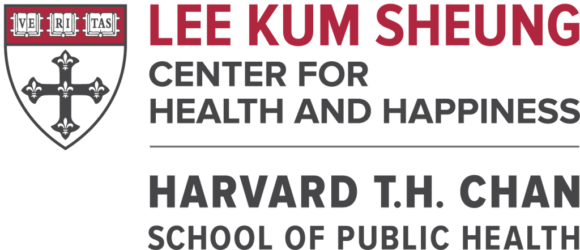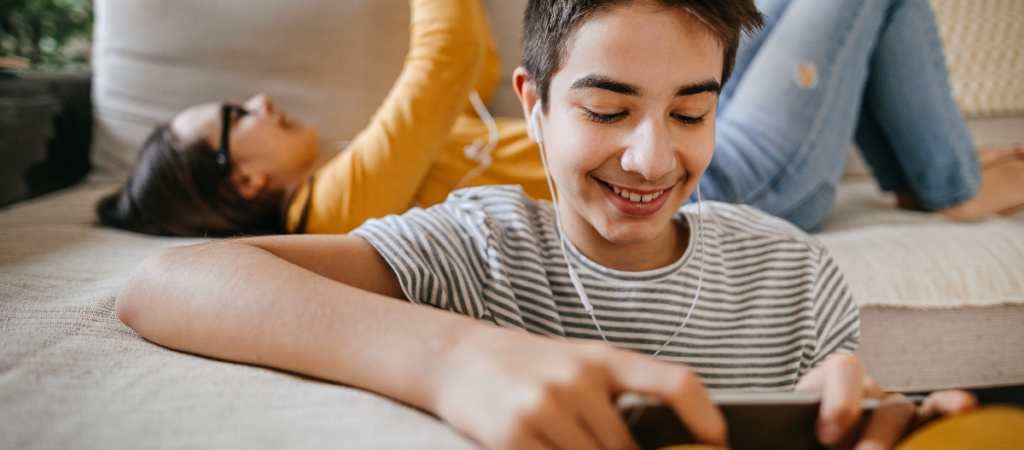Dr. Laura Marciano is a Research Fellow at the Lee Kum Sheung Center for Health and Happiness. As the principal investigator for the HappyB project, she studies the link between digital media use and happiness in young people.
Dr. Marciano’s research aims to identify the positive benefits of social media, recognizing that social media platforms can foster activities that promote well-being, including allowing adolescents to express their passions and cultivate friendships. “My hope for the HappyB project is that it will be able to guide future interventions to promote a good use of technologies that fosters – rather than diminishes – well-being and happiness in young people,” Dr. Marciano said.
Many adolescents are likely to be aware of the negative effects of social media. “They know that online social relationships do not reflect the reality of offline relationships,” Dr. Marciano said. “However, they feel judged by the number of followers [on Instagram] as stuck on their foreheads.” HappyB aims to reexamine screen time – what teachers and parents might perceive as “just a loss of time” – in order to identify the practices that maximize well-being. “The ‘digital Goldilocks hypothesis’ describes the inverse u-shape function between screen time and well-being, meaning that spending a certain amount of time on smartphones and social media is beneficial,” Dr. Marciano said. “With HappyB, I want to explore the peak of the curve.”
Although young people strive for autonomy, Dr. Marciano has found that they also value safety online, and they may want adults to check on their online activity in unobtrusive ways. “Adults think that adolescents are not aware they are spending too much time on smartphones and social media, but they are,” Dr. Marciano said. Adults who monitor their child’s social media use may struggle to find guidance that is effective and helpful. “Parents and teachers request recommendations and clear rules on regulating digital media use in adolescents,” Dr. Marciano said. “We cannot know which rules and recommendations work unless we understand adolescents’ reality. We cannot extrapolate the person from the context: we learn from others’ behaviors, so adults should be the first role model.”
Dr. Marciano’s work presents both methodological and conceptual challenges. “First, how do we measure happiness, hedonic and eudaimonic well-being? What is happiness for them today, in a ‘liquid’ society that continuously changes?” In addition, Dr. Marciano must “keep a good connection with schools and participants,” with clear communication about how personal data is stored and analyzed, and how the research process differs from marketing.
“In general, we are late in translating scientific results into practice. We now need to communicate scientific results promptly and in a pragmatic way,” Dr. Marciano said. “It is easy to talk about time spent on the screens, but it gets complicated to communicate more complex results. However, we need to answer legitimate questions asked by the public, including parents, educators, policymakers, and funding agencies.”
Dr. Marciano aims to bridge the gap between research and practice. “I hope that my research will give some bases to identify evidence-based decisions that enhance the positive and minimize the negative side of social media. Eventually, the results will provide the starting point for cutting-edge interventions tailored to the person and inform the industry on how to improve the user’s experience,” she said. “We are going into a society in which social media are not going to disappear. Instead of focusing on the negative side – about which we already know a lot – I think it is time to explore how we can improve well-being by making a smarter use of smartphones and social media.”

